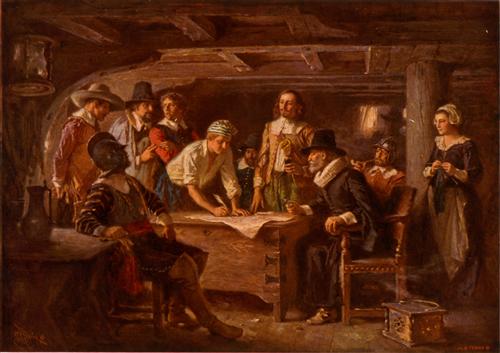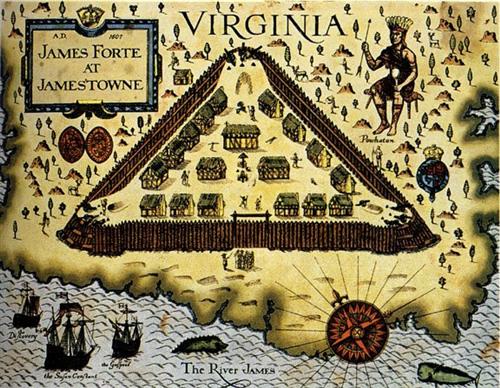-


I-II. The Planting of Jamestown
Text pp 30-36 (1/2 first column)
What was it that made Jamestown a “success” when other attempts at lasting colonies failed? What does this foreshadow about the future development of what will become the American South?
III. The Southern Colonies
Text pp 36-41(all), 68-70 (first paragraph)
In what ways does slavery define the settlement of the early southern colonies? Which are seeming exceptions to the rule?
IV. The African Slave Trade and the South
Text pp 74-77, Spirit: 73-75 (Smith), 75-76 (Andreoni)
How do you predict society would have developed in the American South if African slavery had NOT existed? Explain your thoughts.
V. New England
Text pp 46-53 (1st column)
Are early New England colonies theocracies? Explain.
VI-VII. Religion and Society in New England
Text pp 80-86; Spirit 81-83 (Mather), 83-84 (testimony)
How is life in New England markedly different than that in the southern colonies? Provide specific examples.
VIII. Middle colonies
Text pp 56-62 (all), 64-66
According to your text, “the middle colonies were in many respects midway between New England and the southern plantation group”. How so? How are they unique?
IX. Life in Colonial America
Text 88-93 (top of second column)
MODERATION
What evidence of class structure in early America is illustrated by these readings? Is it uniform among the three primary regions?
X. Mercantilism and America
Text pp 55-56, 93-96 (1st section), 127-129 (1/2 1st column); Spirit: 136-137 (Smith)
MODERATION
Should Britain’s mercantile policy towards its American colonies be considered a success or failure? Why?
XI. The Enlightenment, Religion, and Politics
Text pp 97-104 (1/2 1st column), Spirit 93-94 (Franklin), 94-96 (Edwards)
What where the social consequences of the Great Awakening? In what ways did Puritan religious doctrines lend themselves to the support of later political thought?
XII. Grouping Activity – the Colonies
In-class small-group project on colonial America
Select a School...
Select a School
- Bradford Woods Elementary School
- Franklin Elementary School
- Hosack Elementary School
- Ingomar Elementary School
- Marshall Elementary School
- McKnight Elementary School
- Peebles Elementary School
- Carson Middle School
- Ingomar Middle School
- Marshall Middle School
- NA Intermediate High School
- NA Senior High School
- NA Cyber Academy


